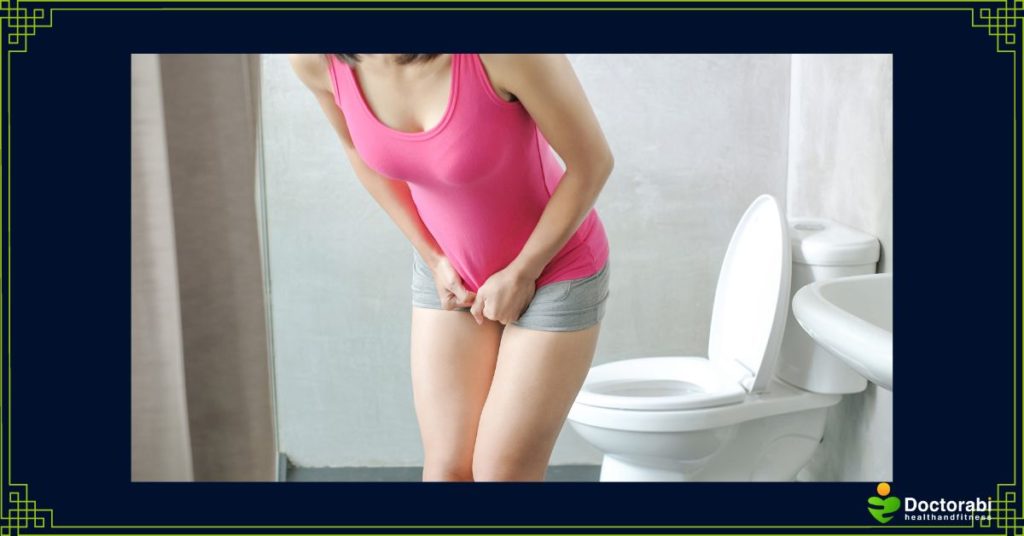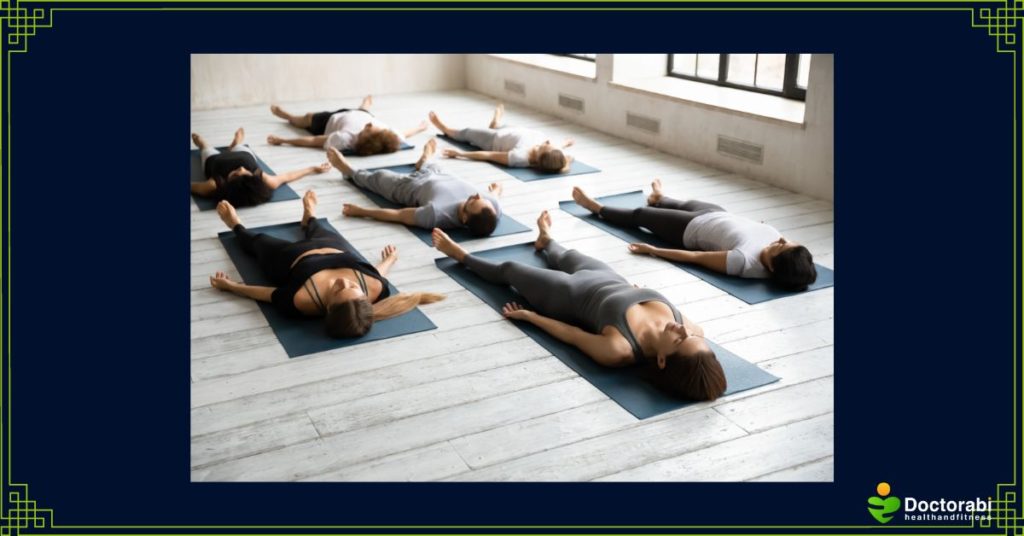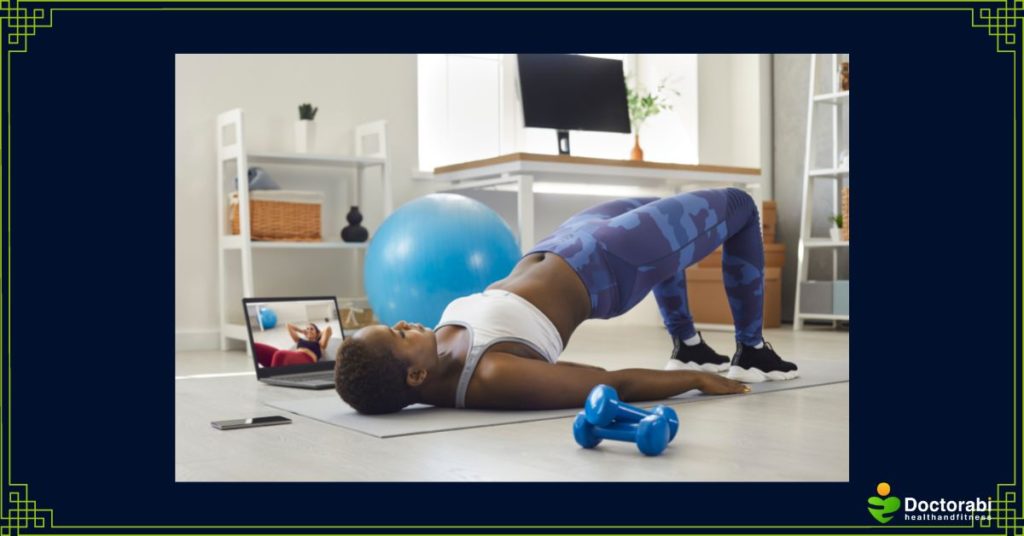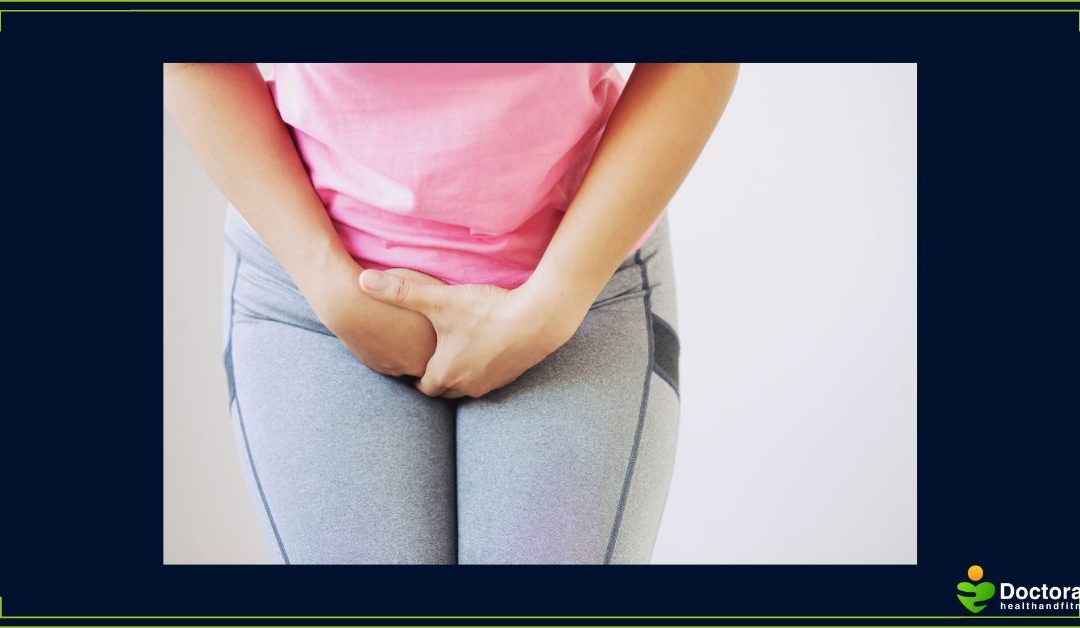“I laughed so hard. I peed my pants.” You have probably heard or made that statement before. Did you know that about 4 out of 10 women between the ages of 20 and 80 experience peeing their pants? Stress incontinence is the involuntary leakage of urine when you perform activities like laughing, sneezing, or coughing. Another form of peeing your pants is urge incontinence. If you have ever felt like you needed to pee really bad and barely made it to the bathroom, you probably have urge incontinence. Peeing your pants can be embarrassing and often leads to anxiety, stress, and depression in men and women of all ages. Now to the good news, Kegel exercises can strengthen your pelvic floor muscles and help reduce or eliminate bladder leakages. Before I show you these Kegel exercises, let’s take a look at why urine leakage is so common, especially among women.

Why do many women pee their pants?
Urinary incontinence is two to three times more common in women than in men because women go through several reproductive events, such as pregnancy, childbirth, and menopause, which can weaken the pelvic floor muscles. The pelvic floor muscles normally support the bladder and its opening, causing the bladder opening to remain closed until we are ready to pee. However, when the pelvic floor muscles are weak, the bladder muscles must work overtime to hold in urine. Unfortunately, because the bladder cannot perform this task alone without the support of the surrounding muscles, it begins to leak urine.
Psychosocial effects of peeing your pants

Unfortunately, many women regard urinary incontinence as a disgraceful or embarrassing condition because it negatively affects their quality of life. I know of a lady who stopped dating a comedian because he always made her laugh so hard that she peed her pants often. Some women avoid exercising for fear of peeing their pants. Others may avoid social gatherings or even abandon their jobs to avoid the embarrassment of peeing their pants. Undoubtedly, peeing your pants can definitely affect your mental, emotional, and psychological well—being.
What can you do to prevent or treat peeing your pants?
Several ways to treat or prevent urinary incontinence include exercise, bladder training, vaginal pessaries, Botox, surgery, etc. However, today, I am focusing on 2 Kegel exercises that can help strengthen your pelvic floor muscles.
1) Kegel Exercises
Kegel exercises are helpful for most women who pee their pants because they can strengthen the pelvic floor muscles, which support the bladder to hold in urine.

How to do Kegels
1. Get comfortable, sitting in a chair or lying on the floor.
2. Identify the muscles you use while peeing by pretending you are trying to stop the flow of pee.
3. Squeeze and tighten those muscles, pulling them in as tight as possible.
4. Keep squeezing for 5 to 10 seconds, then rest for 10 seconds. Repeat 10 times to complete one set.
5. Aim for three to four sets every day.
6. Give it time, and you should see results, such as less peeing your pants, in about 3 to 6 weeks.
The beauty of Kegel exercises is that they can be done anywhere and at any time. It is easy to fit your Kegel exercises into your busy routine. For example, you can do them while sitting at your office desk or driving to or from work.
Unfortunately, Kegel exercises are not for everyone. We do not recommend Kegel exercises for people who have overactive or tense pelvic floor muscles. Please talk to your health care professional and ask if Kegel exercises are right for you.
2) Kegel variation using The Bridge

Try this bridge exercise to strengthen your glutes and pelvic floor muscles further.
1. Lay down on an exercise mat or any other comfortable surface on the floor.
2. Keep your knees bent, and your feet planted firmly on the floor with your arms down by your sides.
3. Tighten your buttocks and pelvic muscles and lift your hips and buttocks several inches off the floor.
4. As you lift, squeeze your buttocks and pelvic muscles and hold for 5 to 10 seconds.
5. Relax your muscles and slowly lower your hips and buttocks back to the floor.
6. Repeat the steps up to 10 times to complete a set.
7. Try to perform three sets daily.
What are some other advantages of Kegel exercises?

Kegel exercises are not only effective for preventing urine leakage. As a result of strengthening the pelvic muscles, Kegel exercises help with constipation and reduce the risk of pelvic organ prolapse (when the womb, bowel, or bladder slips down from their normal position and bulges into the vagina). Stronger pelvic floor muscles can also lead to better orgasms, improved sexual function, and gratifying overall sexual health.
Should men perform Kegel exercises?
Yes. Kegel exercises are also helpful for men. They can help reduce certain types of urine leakage in men. Kegel exercises can help men control their ejaculation, produce better orgasms, and ultimately increase men’s sexual pleasure.
What else can help stop or prevent peeing your pants?

Kegel exercises should add to these simple lifestyle changes that can help prevent bladder leakages.
1. Maintain a healthy diet. Eat plenty of fiber, fruits, and vegetables, and avoid fried, greasy, or sugary foods.
2. Engage in moderate physical activity at least 3 to 5 times a week, such as walking. To learn more on how to start exercising regularly, check out “Change your mindset towards exercise.”
3. Reduce the intake of bladder irritants like alcohol, carbonated drinks, caffeine, alcohol, spicy foods, and citrus fruits.
4. Quit smoking.
5. Maintain a healthy weight. Studies show that weight loss can decrease urinary leakages by 65 percent after one year.
6. Address the underlying cause. For example, in people with diabetes, better glucose control can help with urine leakages.
7. Talk to your doctor about other options.
Final thoughts

Interestingly, although 4 out of 10 women experience peeing their pants, only one of three women affected will talk to their doctor about this problem. Many women do not bring this up with their doctor because they are too embarrassed to talk about it or think it is a normal part of aging. Unfortunately, urine leakages cause stress and anxiety and negatively impact a woman’s physical, social and psychological well-being.
Therefore, all women should know that urinary incontinence is common and treatable. Fortunately, one out of two women reports fewer urinary accidents after doing Kegel’s exercises regularly. If you struggle to perform your Kegel exercises, a pelvic floor physical therapist can help. Also, talk to your doctor about other available treatment options. Finally, incorporate exercise as part of a healthy lifestyle to improve your quality of life.
So, for everyone that has given up something because of the fear and embarrassment of peeing your pants, I hope you can pick up where you left off and begin to live your life to the fullest!
Please feel free to share your comments below and also share this article.
Yours in fitness and health,
Doctor Abi


Great advice Dr. Bola. You are such a blessing to all . Thank you so much for taking the time to write this beautiful article. God bless you.
You are so welcome! Amen, and thank you!